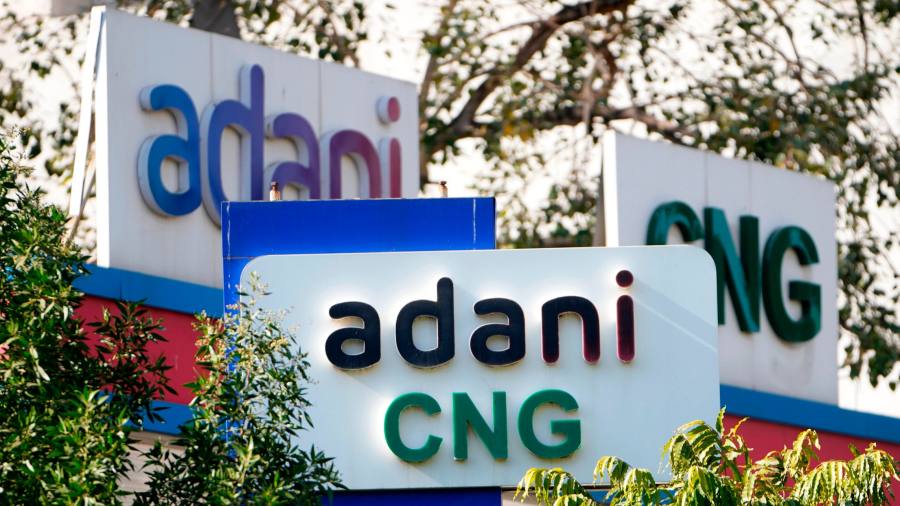India’s LNG imports are picking up after years of weak demand, as companies including Total and Adani bet on an upturn in a market that has so far failed to live up to lofty expectations.
India has set ambitious goals to become one of the world’s largest importers of LNG and more than double the share of gas in its energy mix to 15% by 2030, helping to attract a wave of base Facility investment.
But the market for LNG imports has shrunk since the Covid-19 pandemic and Russia’s invasion of Ukraine, which pushed prices well above domestic fuels such as coal.
India’s LNG imports rose for three straight months starting in March, with imports reaching 2.7 billion cubic meters in May, according to Refinitiv data. While still below pre-pandemic levels, the company believes the 66% increase in imports in May compared to February heralds the start of a boom in India’s LNG sector.
The country’s top importer, Petronet, said last month that it expected a “substantial increase” in demand, while Adani Total, a joint venture between the French energy major and the troubled Indian group, said it expected “momentum and a lift in Indian demand”.
Adani Total opened a new LNG terminal in Dhamra on India’s east coast in late May, with a regasification capacity of 5 million tonnes per annum. It is the most significant development between the two since U.S. short seller Hindenburg Research accused Adani of engaging in fraud and market manipulation in January. Adani vehemently denies the allegations.
Total and Adani struck a deal in 2018 to build Dhamra, their first project together. Although Total suspended a planned $4 billion investment in a green hydrogen venture following Hindenburg’s allegations, it has continued to invest more than $3 billion in city gas distribution and solar with Adani.
The French company has defended its ongoing relationship with Adani. Total said in April that the Dhamra terminal “reflects TotalEnergies’ ambition to support India’s energy transition and security of supply”.
The Damla terminal is expected to meet gas demand in India’s underdeveloped but densely populated eastern region, analysts said. “This is a critical terminal (as) India is trying to achieve 15% gas,” said Ayush Agarwal, an analyst at S&P India.
However, the outlook for the Indian LNG market remains uncertain. Agarwal said he does not expect demand to pick up significantly until next year, while India’s existing LNG infrastructure remains underutilized.
Except for Petronet’s Dahej terminal in the western Indian state of Gujarat, utilization rates at India’s six remaining LNG import terminals were below 40% in the year to March, according to the Oil and Gas Ministry.
Liquefied natural gas remains an expensive fuel source with volatile prices. According to price reporting agency Argus, the price of LNG shipped to India was just under $10/mmbtu, up from $8.27/mmbtu for domestic gas and $6.50/mmbtu for mature field gas in May.
“On an energy basis, domestically produced coal is still much cheaper than imported LNG, so there is little scope for a fuel switch in power generation,” said Matthew Drinkwater, head of gas and power analysis at Argus.
The fertilizer industry, which accounts for a third of gas demand, could start using more LNG to make products such as urea or ammonia, Drinkwater said. But he added that “LNG demand from the fertilizer sector is not going to explode overnight” because simply importing the finished product remains competitive.
Analysts are divided on whether India will meet the 15% target on time. “COVID-19 and the Russia-Ukraine war have really affected the demand for LNG in the country,” said Refinitiv analyst Hengky. But he added that target looked “more reasonable” with the recent drop in prices.
Additional reporting by Chloe Cornish in Mumbai


